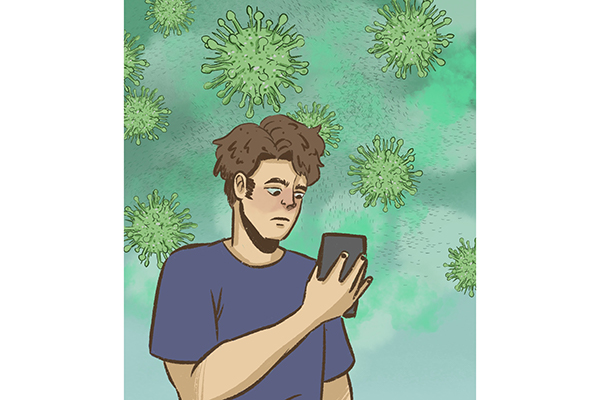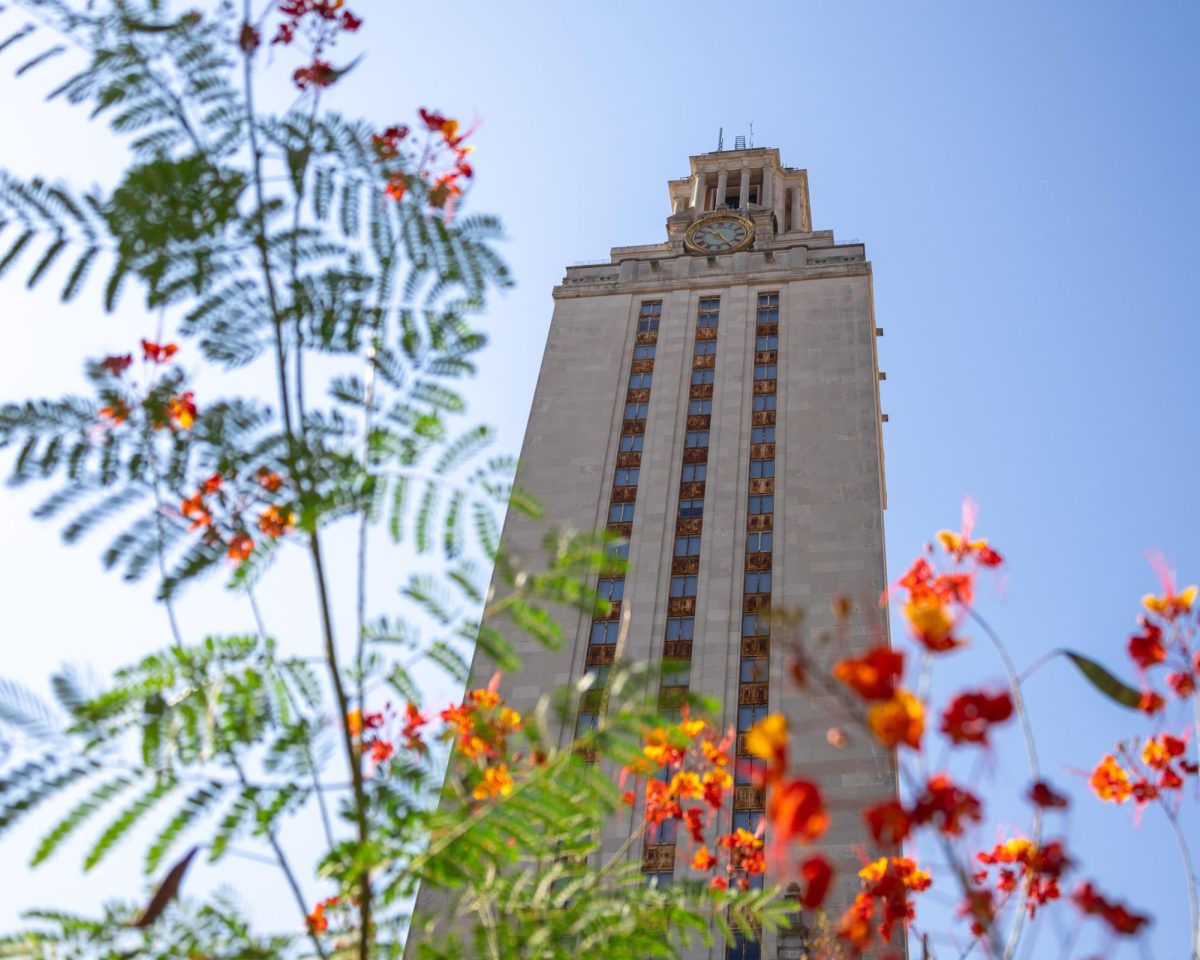The Protect Texas Together application has generated mixed reviews from the UT community as the app’s development team adds features.
Released in August, the app allows students, faculty and staff to track symptoms, log in-person class visits and track COVID-19 case counts. However, some students say information about when and how to use the app is unclear.
The app has 15,560 downloads on the App Store and 2,862 downloads on the Google Play Store, said Cameron Craddock, associate professor of diagnostic medicine and lead of the app’s development team, in an email Monday.
The team recently updated the app to accommodate larger fonts for users with visual impairments and is working with the Services for Students with Disabilities office to ensure accessibility, Craddock said.
Craddock said the team envisioned the app to collect anonymous statistics from people who opt in about how often features are used. Due to a bug in the app’s code, he said the development team currently cannot analyze this information, but the team can estimate how many total people use the app through the number of data uploads.
“We believe that about 10,000 individuals are using the app daily, and that is the number of people who have consented to sending us statistics,” Craddock said. “There may be some other number who have not consented.”
Once the bug is fixed, Craddock said the team plans to make a dashboard for community members to view statistics such as the symptom screening and room check-ins.
Craddock said the development team is working to build a contact tracing function into the app that users can opt into. If a user tests positive, location data, which would be stored securely, can be shared with contact tracers, he said.
Craddock said users will be able to review the location information sent to tracers and add details about how long they were there and who they interacted with. Users will also be able to redact locations from their history, he said.
“This will be a way that we can help improve contact tracing, improve the ability of the app users to recall who they interacted with, and at the same time reduce the burden of contact tracers,” Craddock said.
Despite updates, government junior Hannah Garcia said she isn’t sure if the application is effective because it is not mandatory. Garcia started the semester using the app daily to check into her in-person class, but she said she stopped when other students in the class were not doing the same.
“I feel like a huge amount of students don’t know what (the app) is,” Garcia said. “For the kids that are concerned or worried, it would be more peace of mind if more people were using (the app).”
University spokesperson J.B. Bird said UT did not mandate using the app because of legal concerns with requiring the storage of health information on phones.
Zuzana Baranova, a chemistry assistant professor of instruction, has used the app to track student attendance in her lab class, which is partially in person.
“Personally, the UT app seemed to me like the most logical and universal tool to adopt … but those first days/weeks were tough as many students were not aware or not accustomed to the app” Baranova said in an email.





















